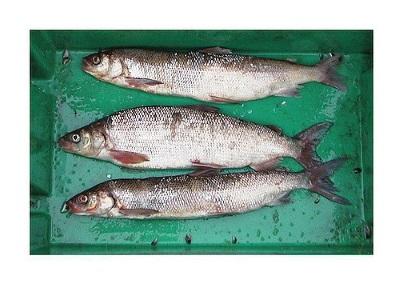
Climate change drives warming temperatures in cold water streams, threatening brook trout populations and recreational angling across the Midwest.
Challenge: Identify cold-water refugia for brook trout vulnerable to climate change using drone technology to detect thermal refugia created by variation in stream conditions
Principal Investigator(s):
- Diana Karwan (University of Minnesota)
Co-Investigator(s):
- Lisa Elliott (University of Minnesota)
- Jacob Lemon (Trout Unlimited)
- Kristin Thomas (Trout Unlimited)
- Mark Nelson (USDA Forest Service)
- Jessica Collier (USFWS Green Bay Fish & Wildlife Conservation Office)
Cooperator/Partner(s):
- Jody Vogeler (Colorado State University)
- Joseph Knight (University of Minnesota)
Climate change is making coldwater stream fish and their habitats more vulnerable than ever. In the Midwest, warming stream temperatures threaten recreational fishing for brook trout in their native range around the Great Lakes. To ensure that brook trout populations will persist into the future, it is crucial to focus management on areas where brook trout populations are most resilient, and to conduct landscape-level management to increase their resiliency.
Resilient coldwater streams have thermal refugia areas where stream temperatures stay colder thanks to influxes of cold water from other water sources, such as groundwater. Existing methods to identify these thermal refugia have relied on either thermal gauges, which are better suited for identifying average stream temperatures, or on anecdotal reports from fishermen of trout clustering in certain areas on the hottest days. In this project, researchers will use drones to collect thermal infrared imagery along streams in the White River Watershed, Michigan, to identify areas that act as thermal refugia. They will then compare summer thermal conditions in thermal refugia with adjacent stream sections to better understand the temporal dynamics of the refugia. This approach will provide a more efficient and cost-effective way to identify thermal refugia.
As a final product, researchers will provide maps of thermal refugia within the White River Watershed to natural resource management groups in the region, including the White River Watershed Collaborative. These maps can help managers prioritize areas for conservation and can serve as decision support tools in efforts to maintain brook trout in the watershed.
Read more from the CASC Project Explorer.
